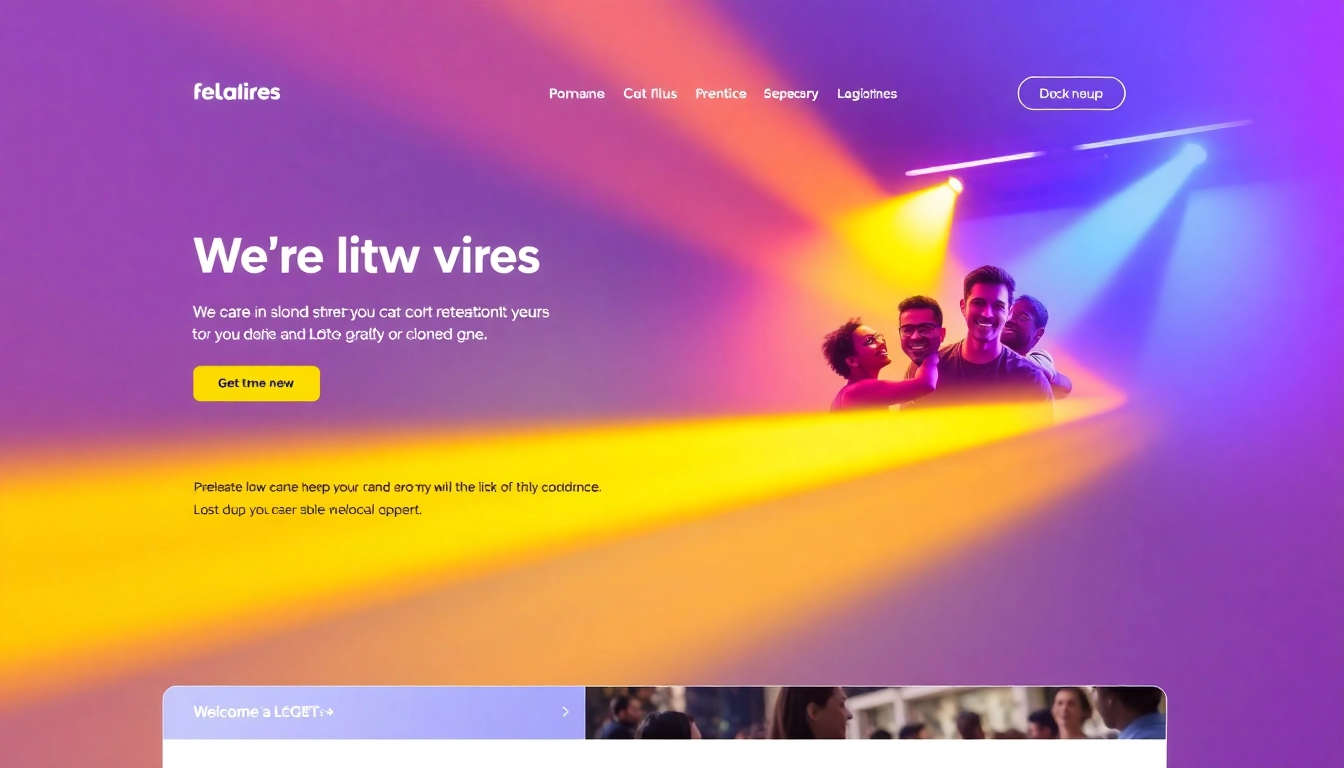Understanding the Importance of Reporting Gratifikasi and Cultural Preservation
In the realm of public governance and cultural preservation, transparency and integrity are foundational elements that uphold societal trust and protect invaluable heritage assets. One critical aspect of this transparency involves the proper reporting of gratifikasi, a term referring to gratuities or gifts that may influence public officials’ behavior. Addressing gratifikasi effectively fosters ethical conduct and diminishes corruption risks, especially in sectors overseeing cultural heritage management. For individuals wishing to ensure their reporting processes are efficient and trustworthy, exploring systems like uus toto can provide valuable insights into effective whistleblowing mechanisms.
Alongside governance, the preservation of cultural sites and movable relics forms a vital part of national identity and historical continuity. Accurate reporting on cultural artifacts and potential violations ensures the safeguarding of Indonesia’s rich cultural heritage, which spans monumental sites and movable objects. This dual focus on ethics and preservation can be synergized through structured systems that empower the public to participate actively in protecting the nation’s treasures.
Defining Gratifikasi and Its Impact on Public Trust
What Is Gratifikasi?
Gratifikasi, in the context of Indonesian law, encompasses gifts, rewards, or favors received by officials that could potentially influence their impartiality. These offerings can range from monetary gifts to tangible items or service privileges. While sometimes perceived as benign gestures of gratitude, gratifikasi has the potential to cloud judgment and undermine fair governance if not appropriately regulated.
Impact on Public Trust and Governance
When gratifikasi occurs within government institutions or agencies responsible for cultural asset management, public trust can erode significantly. It creates perceptions of corruption or favoritism, which threaten the legitimacy of public institutions. Consequently, establishing transparent mechanisms for reporting such actions becomes essential. An effective whistleblowing system not only deters illicit behaviors but also signals a commitment to integrity, reinforcing the public’s confidence in cultural preservation initiatives.
The Role of Whistleblowing Systems in Indonesia’s Cultural Heritage
Legal and Institutional Frameworks
Indonesia has developed comprehensive legal frameworks, such as Law No. 19/2019 on the Data and Service of Public Integrity, which support whistleblowing systems across various sectors. These frameworks facilitate reporting of gratifikasi or any misconduct that threatens cultural or public interests, especially through dedicated channels designed for confidentiality and protection of reporters. For instance, the Balai Pelestarian Cagar Budaya (BPCB) in Central Java actively encourages community participation by providing platforms for reporting violations or illegal activities concerning cultural sites or objects.
Implementing Effective Whistleblowing Systems
Effective systems like the uus toto platform exemplify modern approaches—integrating digital technology, ensuring confidentiality, and fostering accessible user interfaces. These systems are vital, especially when cultural heritage is at risk of theft, illicit exploitation, or neglect, as they empower community members and stakeholders to act proactively.
Case Study: Cultural Heritage Reporting in Jawa Tengah
The Jawa Tengah provincial government’s initiative to develop a whistleblowing ecosystem includes the integration of online forms, hotline services, and outreach campaigns. An example includes reports on illegal excavation or unauthorized utilization of cultural sites, which led to swift legislative and administrative actions. Such case studies highlight the importance of both technological infrastructure and community education in fostering a culture of transparency.
Implementing Effective Reporting Mechanisms via Uus Toto
Step-by-Step Guide to Submitting Complaints or Gratifikasi Reports
- Access the reporting platform via official channels, such as uus toto or designated government portals.
- Fill out the detailed online complaint form, providing specific information about the gratifikasi or violation observed, including date, location, involved parties, and evidence if available.
- Review and submit the report. Users are encouraged to retain confirmation receipts for follow-up inquiries.
- Follow up through provided contact channels for feedback or additional information requests.
Ensuring Confidentiality and Protection for Reporters
Whistleblowers are shielded by legal protections that prevent retaliation or discrimination. Systems incorporate anonymization features, encryption, and secure data management to safeguard identities. Training officials on handling reports discreetly further bolsters trust in the process.
Integrating the System with Local Cultural and Heritage Agencies
Collaboration between whistleblowing platforms and agencies like BPCB ensures seamless verification, response coordination, and enforcement actions. Such integration enhances the effectiveness of cultural preservation efforts, enabling swift intervention when violations occur.
Best Practices for Promoting User Engagement & Awareness
Creating Accessible and User-Friendly Reporting Forms
Designing intuitive interfaces with clear instructions increases engagement, especially among diverse communities. Including multilingual options and mobile compatibility ensures wider accessibility.
Launching Campaigns to Increase Community Participation
Public awareness campaigns through media and community events educate citizens about the importance of reporting gratifikasi and protecting cultural heritage. Success stories demonstrating positive outcomes motivate further participation.
Leveraging Social Media for Outreach and Transparency
Platforms like Instagram and Facebook are effective channels for promoting the whistleblowing system, sharing updates, and recognizing active participants. Consistent messaging and interactive content foster a culture of openness.
Monitoring, Evaluating, and Improving the Whistleblowing System
Tracking Reported Cases and Feedback Collection
Implementing dashboards and analytics tools allows agencies to monitor reporting patterns, identify recurring issues, and assess the system’s responsiveness. Regular feedback from users guides improvements.
Assessing Impact on Cultural Heritage and Governance
Measuring outcomes such as the number of violations addressed, legal actions initiated, and cultural artifacts recovered offers tangible evidence of system effectiveness. These metrics also bolster public trust.
Continuous System Enhancements and User Support
Periodic technological updates, additional training, and expanding access points ensure the platform remains robust and user-centric. Establishing dedicated support teams enhances user confidence.
Case Studies and Success Metrics
Examples of Gratifikasi Reports Leading to Cultural Preservation
For example, reports from local communities in Boyolali led to the arrest of illegal excavation activities, resulting in the preservation of several ancient relics. Similar cases showcase the crucial role of community vigilance facilitated through reliable reporting channels.
Measuring System Effectiveness and Community Trust
Metrics such as the number of reports submitted, response times, resolution rates, and survey-based trust assessments serve as indicators. An increase in public participation indicates heightened awareness and confidence.
Lessons Learned and Future Development Strategies
Consistent outreach, integrating feedback, and adopting emerging technologies like AI-based analysis for pattern recognition form the core of evolving strategies. Expanding the system’s scope to include more cultural sectors ensures sustainable preservation.



